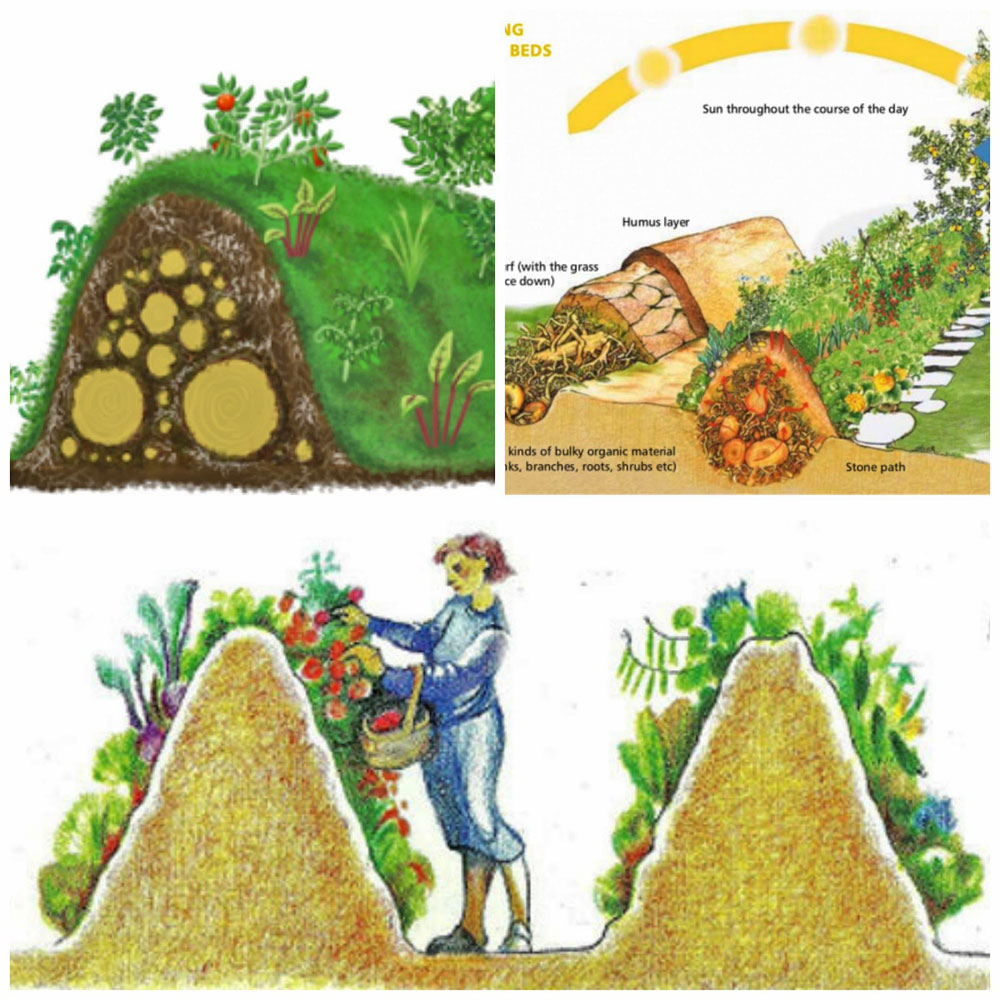MJtheIndicator
Member
wood chips are fun with ectomycorrhiza, but I've been leaning towards live bark. Clover is a fabulous cover and cute, but I'm searching out something relative with a bigger leaf. It's nice to see more folks discussing loam.
Good for you!
Try topdressing small deciduous clippings - Ramial
http://www.groworganicapples.com/organic-orcharding-articles/ramial-wood-chip-primer.php
http://www.mofga.org/Default.aspx?tabid=850
http://www.healthy-vegetable-gardening.com/fertilitysoil.html
I wonder how the wood chips compare to using bio char? I used bio char (store bought, mother earth brand) and compost on new apple trees this spring. And just today my wife and I were talking about how much better they look compared with apple trees I planted in just compost last year.
Biochar and RCW have different functions/give different results. RCW builds humus, adds nutrition, improves soil texture and can work as a standalone amendment. Biochar contributes more to nutrient retention than anything to my understanding.
Ramial chips worked in are likely to lock up nitrogen.
In most applications bio char should be charged, unless it stays on the surface anyway. It could be charged with good compost, but I used a soak in fish and water before using.
Anyway, once charged, I think bio char does add nutrition and build humus. It also makes homes for microbes for long term retention. I'm pretty sure it gets envolved in fungal networks too.
I'm not sure how important it is in pots though. In sandy outside soil we have here, it sure helps. If for no other reason than it holds moisture. In a good pot mix, it might not make much a difference. I guess I'll know more in a few years.



AFAIK...
ectomycorrhizae don't interact with dead wood chips. like all mycorrhizae they infect living roots.
I have heard the fungi like coco as well.Ectomycorrhizal fungi utilise large deadwood in contact with the soil – nutrients rather than carbon. ‘Ectomycorrhizal’ fungi get their sugars from live trees, but degrade dead wood and litter to access nutrients to share with their host tree
Biodiversity of Dead Wood
Fungi – Lichens - Bryophytes
Dr David Genney
Ectomycorrhizal fungi utilise large deadwood in contact with the soil – nutrients rather than carbon. ‘Ectomycorrhizal’ fungi get their sugars from live trees, but degrade dead wood and litter to access nutrients to share with their host tree
Biodiversity of Dead Wood
Fungi – Lichens - Bryophytes
Dr David Genney
i'd guess you could use it subsurface in a hugelkultur type situation, kind of what it sounds like you were doing il19z8rn4li1 (how do you pronounce that?), although perhaps not deep enough to avoid that 2 year nitrogen tie up.
Studies comparing ecto + deadwood vs. live bark are scarce, its bummed me out for some time. The positive notion is in that a cannabis community of growers seem to be working towards this brand of data collection. I'm proud to understand how many people in this thread are pushing to get ahead of a botancal curve. Great job on focusing this thread everyone.hmm i generally don't find slideshows very convincing.
you have spurred me to do some more research tho.
certain species of mycorrhizae do produce extracellular enzymes that decompose organic compounds. however it is misleading to describe them as decomposers IMO. in most environments mycorrhizae will work symbiotically with other organisms whose main task is the breakdown of OM.
so when you see mycellium running through a rotting log or a bunch of RCW, it's likely not the mycorrhizae you're witnessing (although it may be present). rotting wood also acts as a sponge, and that would be attractive to the mycorrhizae as a reliable source of moisture. i even saw a hypothesis that suggested they may colonize dead wood simply to support their fruiting bodies.
here's some interesting reading:
ecosystem processes related to wood decay
Spatial separation of litter decomposition and mycorrhizal nitrogen uptake in a boreal forest
Mycorrhizal ecology and evolution: the past, the present, and the future
decomposers in disguise: mycorrhizal fungi as regulators of soil C dynamics in ecosystems under global change